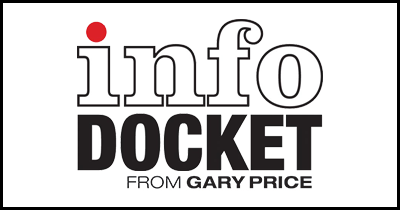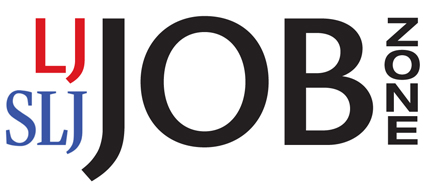Reference Resources: Census Bureau Releases 2011 American Community Survey Estimates
From the U.S. Census:
The U.S. Census Bureau today released findings from the 2011 American Community Survey. The survey provides a wide range of important statistics about our nation’s people, housing and economy for all communities in the country. The results are used by everyone from retailers, homebuilders and police departments, to town and city planners. The survey is the only source of local estimates for most of the 40 topics it covers, such as educational attainment, occupation, language spoken at home, nativity, ancestry and selected monthly homeowner costs down to the smallest communities.
On Sept. 12, the Census Bureau released national statistics on 2011 income, poverty and health insurance coverage from the Current Population Survey. The American Community Survey includes 2011 statistics for states, cities and smaller areas.
[Clip]
The estimates released today are available in detailed tables for the nation, all 50 states, the District of Columbia, Puerto Rico, every congressional district, every metropolitan area, and all counties and places with populations of 65,000 or more. See the Census Bureau’s American FactFinder database to find statistics for your area.
[Clip]
Also released today were three short reports supplementing detailed tables with additional analysis on three key topics: income, poverty and health insurance.
Income
According to the report Household Income for States: 2010 and 2011, which presents statistics on median household income at the national and state levels:
–In 2011, median household income ranged from $36,919 in Mississippi to $70,004 in Maryland.
–Median household incomes were lower than the U.S. median of $50,502 in 27 states and higher in 19 states and the District of Columbia. North Dakota, Wisconsin, Nebraska and Pennsylvania median household incomes did not have a statistically significant difference from the U.S. as a whole.
–Between the 2010 and 2011 American Community Survey, Vermont was the only state that showed an increase in median household income. Meanwhile, median household income declined in 18 states. The state median household income decreases ranged from 1.1 percent in Ohio to 6.0 percent in Nevada.
–In 32 states and the District of Columbia, the difference in median household income between 2010 and 2011 was not statistically significant.
–The Gini Index, which measures income inequality, rose in 20 states and remained statistically unchanged in the other 30 and the District of Columbia.
Poverty
According to the report Poverty: 2010 and 2011, which compares poverty rates in 2010 and 2011 for the nation, states and large metropolitan areas:
–Among the 50 states and the District of Columbia, New Hampshire (8.8 percent) had the lowest poverty rate, and Mississippi (22.6 percent) had one of the highest poverty rates.
–Among metro areas with populations of 500,000 or more, poverty rates ranged from a low of 8.3 percent in the Washington metro area, to 37.7 percent in McAllen-Edinburg-Mission, Texas.
–The number and percentage of people in poverty increased in 17 states between 2010 and 2011. For 10 states, this was the third consecutive annual increase. In five states, the number of people in poverty increased while the poverty rates did not increase.
–Between the 2010 and 2011 American Community Survey, both the percentage and number of people in poverty in Vermont declined.
–In 27 states and the District of Columbia, there was no change in either the number of people in poverty or the poverty rate.
Health Insurance
A third report is Health Insurance Coverage of Young Adults Aged 19 to 25: 2008, 2009, and 2011.
Highlights include:
–While the insured rate of young adults (age 19 to 25) rose from 68.3 percent in 2009 to 71.8 percent in 2011, the rate for those 26 to 29 continued to decline, from 71.1 percent to 70.3 percent.
–No state experienced a decline in the insured rate of young adults from 2009 to 2011, while 37 states and the District of Columbia had an increase in coverage.
–Vermont had the highest increase in coverage among the young adult population, increasing from an insured rate of 75.2 percent in 2009 to 89.1 percent in 2011.
–Arizona, Connecticut, Florida, Hawaii and Louisiana had increases in the overall insured rate but not in the privately insured rate. Conversely, Arkansas, Mississippi, New Hampshire, South Dakota and Washington saw increases in the private health insurance rate of young adults but not in the overall insurance rate.
About Gary Price
Gary Price (gprice@gmail.com) is a librarian, writer, consultant, and frequent conference speaker based in the Washington D.C. metro area. He earned his MLIS degree from Wayne State University in Detroit. Price has won several awards including the SLA Innovations in Technology Award and Alumnus of the Year from the Wayne St. University Library and Information Science Program. From 2006-2009 he was Director of Online Information Services at Ask.com.


